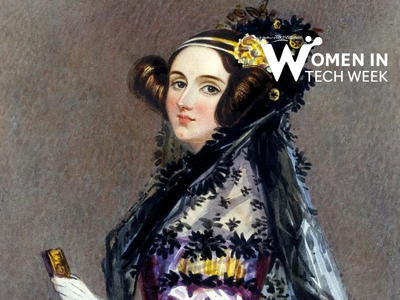Did you know it will take nearly 300 years to close the pay gap?
Today marks the fourth International Equal Pay Day. Despite gradual progress in acknowledging the pay gap and taking action to narrow it, the issue of unequal pay remains one of the most significant barriers to achieving workplace equality. It’s not just women earning less than men - there are more complex layers to this disparity, there are differences in pay across ethnicities or community groups and age groups.
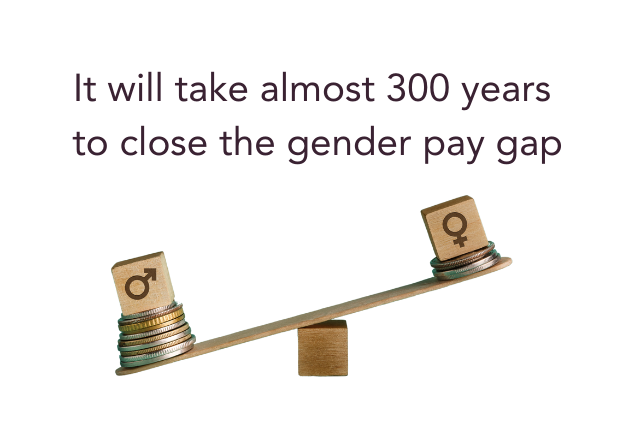
The gender pay gap in Tech 2024: The reality
The tech industry has been hailed as the future of innovation and growth, yet it still faces a significant gender pay gap. In 2024, women in tech represent just 29% of the workforce and are still earning 15.6% less than men for doing the same or similar jobs. This inequality is more substantial in senior and leadership positions, where women represent just 21% of the workforce. Despite efforts to promote diversity and inclusion, systemic barriers like gender bias, lack of representation in leadership roles, and unfair access to promotions continue to hinder women’s earnings in the sector. This persistent gap not only harms women’s morale but also limits the industry’s potential to create a truly inclusive and innovative workforce.
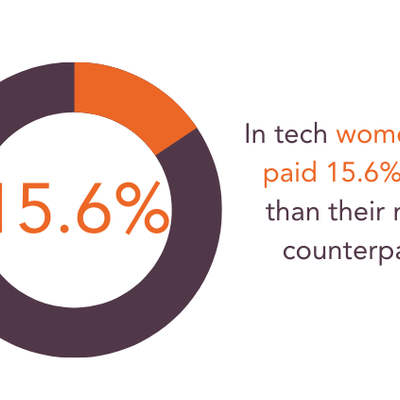
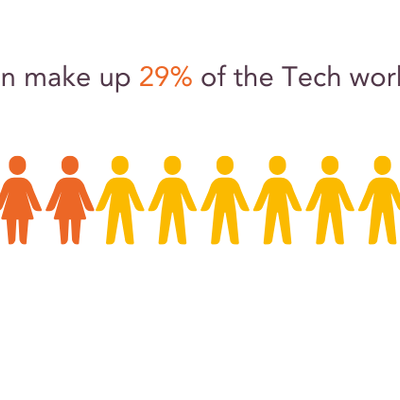
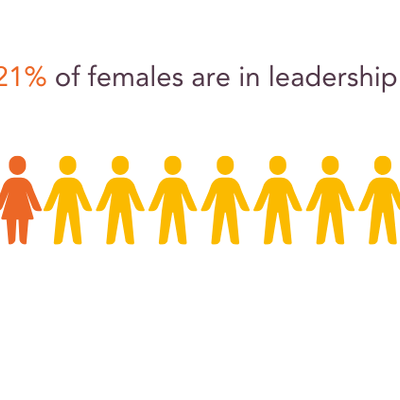
The Pay Gap: More Than Just Gender
While much of the conversation around pay inequality has focused on gender, the problem extends beyond this. Ethnic minorities and age are factors that affect pay.
Research shows that Black, Asian and ethnic minority women often experience the greatest disparities, earning significantly less than their white male counterparts and even less than white women.
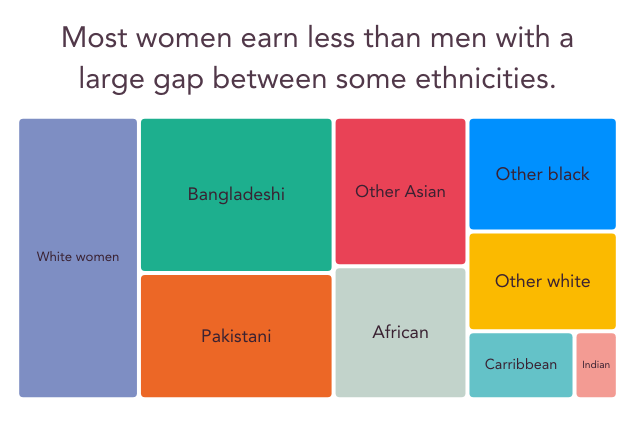
Moreover, whilst facing gender discrimination women also face age discrimination. As the workforce ages the gender pay gap increases. Age bias can compound the wage gap, pushing older women into lower-paying positions or part-time roles, often out of necessity rather than choice.
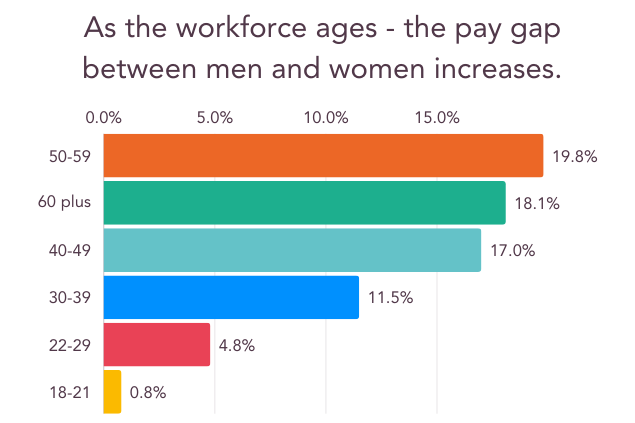
Why does the pay gap still exist?
The pay gap can be attributed to deep-rooted structural inequalities that have existed for generations such as; unconscious biases, historical disadvantages, and occupational segregation, all play a role in limiting the economic potential of women and ethnic minorities.
How do structural inequalities affect the potential of women and ethnic minorities earning the same as their fairly paid colleagues?
Occupational segregation: Women and ethnic minorities are better represented in lower-paid sectors such as care, retail, or administration, while higher-paid sectors like tech and finance are still largely dominated by white men.
Caring responsibilities: Which are disproportionately carried by women, can push them into part-time or flexible work, further limiting their pay progression.
Unconscious bias: The hiring, promotion and salary review processes often result in men, especially those from privileged ethnic backgrounds, being awarded higher pay raises and bonuses.
Closing the gap: What should companies do?
To address these challenges, companies must first acknowledge the pay gap and commit to proactive and sustained action. Here's what they can do:
1. Conduct Regular Pay Audits: Companies should regularly analyse their pay data to identify gaps across gender, ethnicity and age. Transparent reporting can highlight inequalities and provide a roadmap for addressing them. In the UK, gender pay gap reporting is mandatory for larger companies, but ethnic pay gap reporting remains voluntary. It’s time for businesses to embrace both types of analysis.
2. Implement Equal Pay Policies: Introduce and enforce policies that ensure people are paid equally for the same work, regardless of gender, ethnicity or age. Clear, measurable pay scales and progression criteria can help reduce bias in salary decisions.
3. Foster a Culture of Inclusion: It’s crucial to address unconscious bias at all levels of the business. Offering bias training, creating mentorship programmes and promoting diversity in leadership can make a substantial difference. This can also involve challenging the stereotypes that women and ethnic minorities are overlooked for promotions or high-paying roles.
4. Support Flexible Working for All: Offering flexible working options can help women and other underrepresented groups balance caregiving responsibilities with career progression. However, this needs to be fair and equitable - flexible workers should still have access to the same opportunities for pay raises and promotions.
5. Focus on Representation in Senior Roles: The pay gap widens at senior levels, where women and ethnic minorities are underrepresented. Companies should focus on creating pipelines to leadership, supporting career development, and challenging the norms to create a leadership team that is reflective of the society we live in.
Let’s take sustainable action to close the pay gap
On this International Equal Pay Day, it’s clear that addressing the pay gap is about more than just ticking a compliance box. It’s about reshaping company cultures, building inclusive workplaces and ensuring everyone has a fair chance to succeed -regardless of gender, ethnicity or age.
It’s time for businesses to step up, take responsibility and implement meaningful change. Closing the pay gap isn’t just the right thing to do; it’s also beneficial for business. Research consistently shows that companies with diverse, inclusive workforces are more innovative, profitable and an employer of choice for candidates.
Let’s start the conversation on creating an Equal, Inclusive and Diverse workplace. Learn more about how Outsource UK can support you in building an inclusive recruitment process into your talent attraction strategy.



